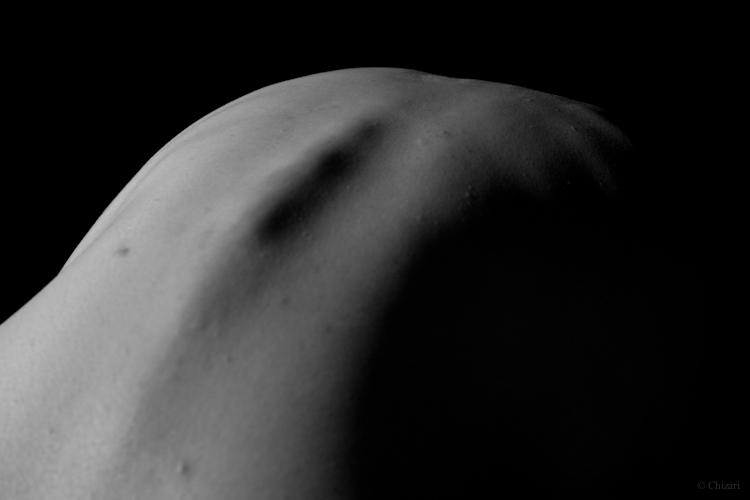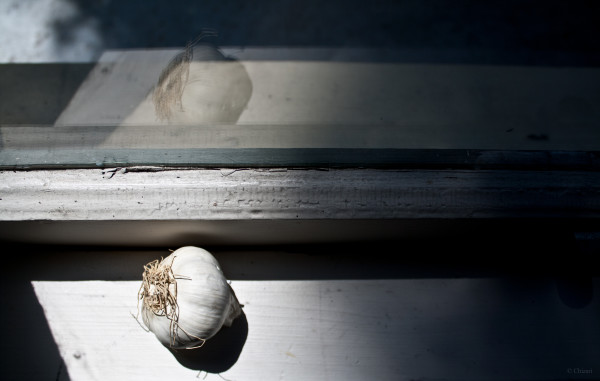Most of us are familiar with the classic fictional vampire: a tall, deathly pale, distressingly handsome man with a heavy Transylvanian accent. He attacks at night, sinking his shiny fangs into the neck of some unsuspecting victim and disappears into the shadows. He’s suave, slinky, and cool. It may come as a shock, then, to read historical descriptions of corpses suspected of vampirism, which were round and bloated, flushed in appearance, and “uncorrupted.” According to Paul Barber in Vampires, Burial, and Death, these corpses often had liquid blood in their mouths, flexible limbs, and newly grown skin, hair, and nails.
Over the centuries, vampires have crawled out of the murky depths of folkloric obscurity and into the glitzy spotlight of popular culture. From Bram Stoker’s elegant and slickly-coiffed Count Dracula to Stephenie Meyer’s sparkly, Adonis-like Edward Cullen, fictional vampires have evolved extensively into glamorous, sensual characters. The folkloric roots of the legendary vampire, however, are mired in a dark history of medical scapegoating, disease, and death. Diseases such as porphyria have been identified as possible medical origins of the vampire myth. Alternatively, folk interpretations of disease transmission and decomposition processes may have fueled the fantastical creation of the vampire.
Porphyria
Researchers such as Dr. David Dolphin have pointed out similarities between characteristics of fictional vampirism and porphyria, an extremely rare genetic disorder. Patients with porphyria have a defect in the production of heme, a molecule found in hemoglobin, which is a component of red blood cells. The resulting accumulation of toxic porphyrins (heme precursor molecules) wreaks havoc in the body. Like many fictional vampires, patients are photosensitive: extended exposure to sunlight causes severe blistering and swelling of the skin. Porphyrins give the teeth and urine a reddish appearance, which may have led to the belief that these so-called “vampires” had an appetite for blood.
Nevertheless, Dolphin’s theory falls short. During the 18th century, vampire epidemics swept across rural Eastern Europe. Mass hysteria among villagers led to the exhumation of countless graves and the subsequent stakings of the unfortunate corpses that lay within. Yet, porphyria is a rare disease; it is unlikely to have caused widespread panic across Europe. Secondly, though fictional vampires tend to fear daylight and attack at night, folkloric vampires were said to have been active during both the day and the night, and therefore could not have been drastically photosensitive. However, Dolphin suggests that natural chemicals in garlic worsen symptoms of porphyria, highlighting a purported similarity between disorder and vampirism.
Vampires as Scapegoats for Disease
Imagine the following scenario: you live in a rural Eastern European village during the 18th century. Your friends and family members are dying left and right from a mysterious illness that has mercilessly ravaged the entire village. The dead are being buried by the dozens in shallow graves; the unrelenting, pungent stench of death permeates the air. You could be next.
But what is the cause of this dreadful epidemic, and how can it be stopped? In a world that was unaware of microorganisms, the blame had to be pinned on something else. A vampire, according to Paul Barber, may be “defined as a corpse that comes to the attention of the populace at a time of crisis and is taken for the cause of that crisis.” Disease transmission was poorly understood up through the Middle Ages and even into the 1800s: people associated the stench of death with disease, believing that breathing in foul vapors would cause terrible illnesses. Since suspected vampires were essentially freshly dug-up, partially-decomposed corpses, it is likely that they smelled awful and were thus suspected to be carriers of disease. Perhaps garlic, the ubiquitous anti-vampire device, was used to combat the stink of decay, in all its pungent glory.
And so, in an attempt to eradicate plagues, people went on massive witch hunts, so to speak, driving wooden or metal stakes into the hearts of suspected vampires, and quite literally “killing” them with fire. Decapitation, mutilation, and drowning were other popular methods of ensuring that the vampires would not return to terrorize the living.
How did vampire hunters know which corpses to target? Burials in times of plague were often hasty, as the objective was to avoid handling disease-ridden bodies for extended periods of time. Shallow graves were susceptible to erosion and disturbances by hungry animals, which meant that bodies would become exposed over time. An unsuspecting passerby might take this as a sign that a corpse had escaped from its own grave, especially if the body exhibited certain peculiarities.
A Quick and Dirty Guide to Decomposition
Caution: this gets a little gross. Our bodies undergo a multitude of changes when we die. After the heart stops beating, blood drains to whichever side of the body faces downwards, due to the effects of gravity. That portion of the body will be “livid,” or purplish in color. Rigor mortis, or a stiffening of muscles, sets in about two hours after death, giving the body a rigid appearance. This rigidity disappears after 2-3 days. Enzymes and bacteria within the gastrointestinal system begin to digest the body from the inside. The bacteria emit copious amounts of gases, which accumulate and cause the body to swell like a balloon. Gas buildup also leads to the expulsion of blood-stained fluids from the mouth, nose, and anus. Basically, the disintegrating body becomes a giant gooey mess, and insects and bacteria have a field day.
Vampires: Mythologization of Post-Mortem Processes
Death was, and still is, one of the great unknowns, but we now know—thanks to the pleasant guide listed above—what physically occurs to our bodies when we die. Back in the day, however, people who died were buried quickly, and that was that. There was little knowledge of decomposition processes, so imagine the horror of exhuming a body that had undergone a grotesque post-mortem makeover, seemingly of its own volition! What we now know as natural processes seemed wholly disturbing to the general public then, who may have interpreted the strange changes in the suspicious corpses as signs of vampirism.
Many of the characteristics of the folkloric vampire parallel characteristics of decomposition. As the skin loses its integrity, it may begin to peel away, resulting in a shudder-inducing phenomenon known as “skin slippage.” Pretend, for a moment, that you are an 18th-century Eastern European peasant encountering skin slippage on a suspicious corpse for the first time. A layer of skin has peeled away from the corpse’s leg—how could this be? You might, for instance, be inclined to believe that the corpse was shedding its skin in a snake-like manner, or growing a new skin.

Skin stretched taut begins to slip during decomposition. Image Source: Mahtaab Delara Chizari
Using the same line of 18th-century peasant reasoning, one might suspect that a corpse with longer hair and nails was somehow still living, when in fact, loosened skin can give the appearance of hair and nail growth. Likewise, a red or purplish complexion might suggest liveliness, whereas our handy guide tells us that bodies lacking blood circulation often turn purplish in color. Bloody fluid at the mouth and within the belly, rather than indicating a diet of blood, is to be expected in putrefying corpses. The bloated, round stomachs of suspected vampires were likely due to the accumulation of gases within the abdominal cavity, and if staked, the rapid release of gases would probably cause a frightening sound to be emitted. And, of course, these gases and decaying tissues would be powerfully stinky.
According to Barber, corpses that underwent dramatic changes and corpses that appeared to be uncorrupted were suspected of vampirism. Essentially, people exhumed corpses fully expecting to find vampires, which may have biased their undertakings (no pun intended). But, how could a corpse be uncorrupted if decomposition sets in so quickly? The fact is, a number of factors influence rates of decomposition, including temperature, exposure to air, and humidity. Bodies that are buried deep in the earth experience a temperature decrease and are less exposed to air and microbes. In contrast, bodies that are exposed to the elements will rot rapidly, undergoing the many changes with which we are now so familiar.
It remains to be seen whether the vampire myth arose to account for the inexplicable phenomena of disease and death, or whether its origin lies in a true medical condition. Which theory wins out—the mythologization of medical conditions, or the medicalization of a myth? Perhaps it is some combination of the two.
And thus, the mystery of the vampire prevails.
Featured Image Source: Mahtaab Delara Chizari










